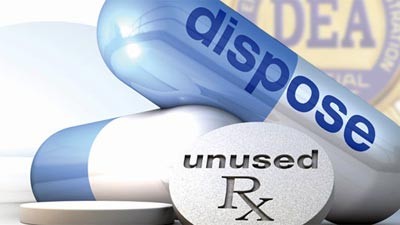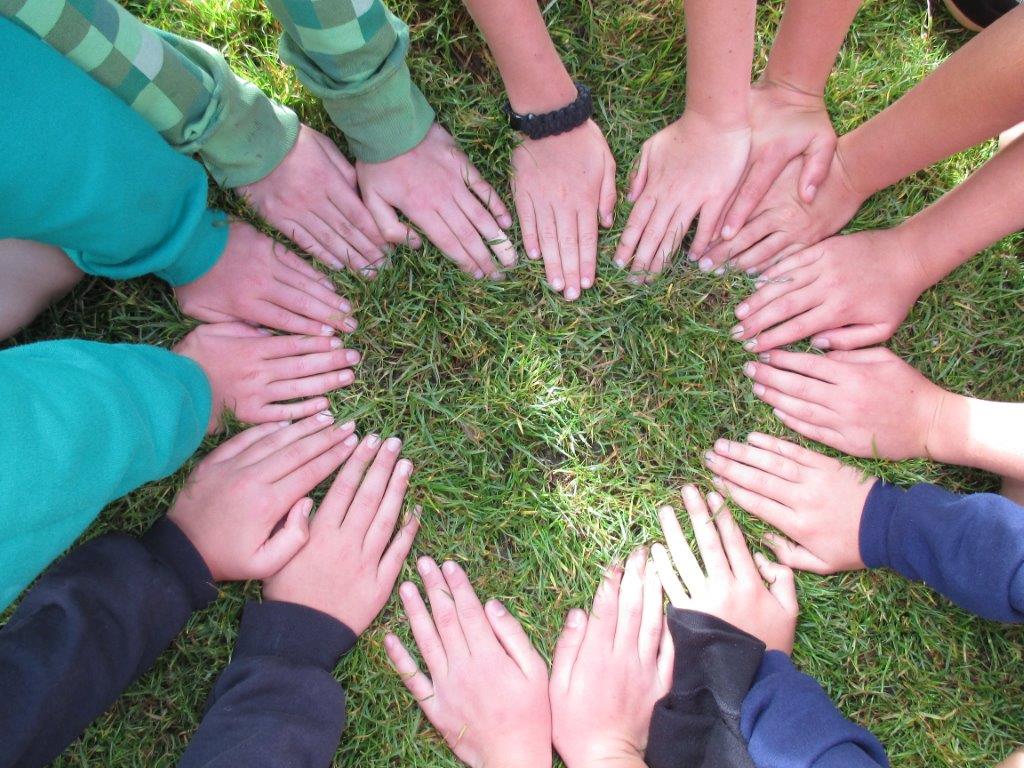The state of Washington is confronted with the legalized recreational use of marijuana, through Initiative 502. The general consensus among health, safety and substance abuse professionals throughout Washington State is that under-age marijuana use[1] and use of marijuana by pregnant and breastfeeding mothers[2] is harmful and addictive[3], smoke (of any kind) is harmful to a person’s health,[4] and there are risks associated with driving while under the influence of marijuana. [5]
[1] Use of marijuana by youth is harmful an addictive. 1.) Escalation of Drug Use in Early-Onset Cannabis Users vs Co-twin Controls, (2003). Michael T. Lynskey, PhD; Andrew C. Heath, DPhil; Kathleen K. Bucholz, PhD; Wendy S. Slutske, PhD; Pamela A. F. Madden, PhD; Elliot C. Nelson, MD; Dixie J. Statham, MA; Nicholas G. Martin, PhD JAMA. 2003; 289(4):427-433. doi:10.1001/jama.289.4.427. 2.) The Teen Brain on Marijuana, (2012). Sion Kim Harris, PhD, Center for Adolescent Substance Abuse Research, Boston Children’s Hospital, Harvard Medical School.
[2] Use of marijuana by pregnant and breast feeding mothers is harmful. 1.) Trezza, V.; Campolongo, P.; Cassano, T.; Macheda, T.; Dipasquale, P.; Carratu, M.R.;Gaetani, S.; Cuomo, V. Effects of perinatal exposure to delta-9- tetrahydrocannabinol on the emotional reactivity of the offspring: A longitudinal behavioral study in Wistar rats. Psychopharmacology (Berl) 198(4):529–537, 2008. 2.) Schempf, A.H., and Strobino, D.M. Illicit drug use and adverse birth outcomes: Is it drugs or context? J Urban Health 85(6):858–873, 2008. 3.) Effects of Marijuana on the Fetus and Breastfeeding Infants. Source: Texas Tech Health Sciences University website http://www.infantrisk.com/,9.18.12 4.) Garry, et al, (2009). Cannibis and breastfeeding. Journal of Toxicology. Doi: 10.1155/2009/596149 5.) Miller, Clinical Lactation, 2012, Vol. 3-3, 102-107
[3] Marijuana is addictive. 1.) Anthony, J.; Warner, L.A.; and Kessler, R.C. Comparative epidemiology of dependence on tobacco, alcohol, controlled substances, and inhalants: Basic findings from the National Comorbidity Survey. 2.) Exp Clin Psychopharmacol 2:244–268, 1994. Hall, W.; and Degenhardt, L. Adverse health effects of non-medical cannabis use. Lancet 374:1383–1391, 2009. 3.) Hall, W. The adverse health effects of cannabis use: What are they, and what are their implications for policy? Int J of Drug Policy 20:458–466, 2009
[4] Smoke (of any kind) is harmful to a person’s health. 1.) http://www.lung.org/healthy-air 2.) http://www.cdc.gov/tobacco/campaign/tips/ 3.) National Institute on Drug Abuse. DrugFacts: Marijuana. Revised November 2010.
[5] There are risks associated with driving under the influence of marijuana. 1.) Richer, I., and Bergeron, J. Driving under the influence of cannabis: Links with dangerous driving, psychological predictors, and accident involvement. Accid Anal Prev 41(2):299–307, 2009. 2.) O’Malley, P.M., and Johnston, L.D. Drugs and driving by American high school seniors, 2001–2006. J Stud Alcohol Drugs 68(6):834–842, 2007.
[6] Informed by key elements of Evidence-Based Approach in Public Health Practice, (EBPH) published by Julie A. Jacobs, MPH; Ellen Jones, PhD; Barbara A. Gabella, MSPH; Bonnie Spring, PhD; Ross C. Brownson, PhD in support of the Centers for Disease Control and Prevention. Framework for program evaluation in public health. http://www.cdc.gov/mmwr/preview/mmwrhtml/rr4811a1.htm. Accessed March 7, 2012. PubMed
[7] 2014 WA State Revenue Forecast http://www.erfc.wa.gov/forecast/revenueForecast.shtml
[8] Office of Juvenile Justice Definition of Minor: A youth under the age of full legal responsibility in a particular state. In Washington State a minor is defined as a youth under the age of 18 years old. However, the legal age to use recreational marijuana is 21 years old. Per this document, youth is defined as those 12-20 years of age.
[9] CSAP Strategic Prevention Framework and Six Prevention Strategies http://www.samhsa.gov/prevention









